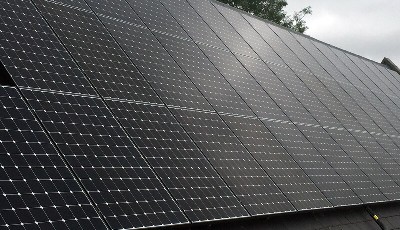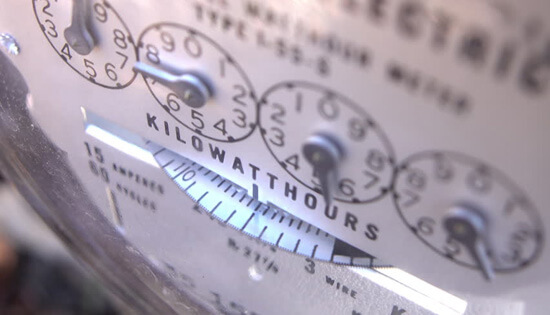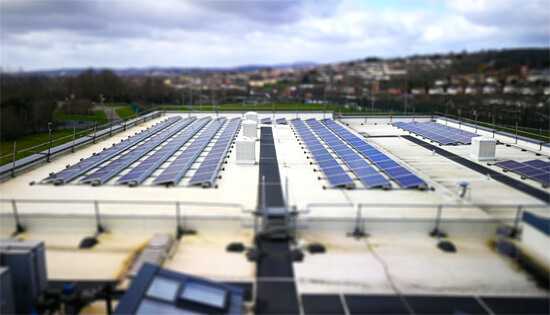Solar schools and Great British Energy’s first major project
Great British Energy has shared the news that it is investing £180m for solar to be installed on school rooftops and NHS buildings. As a team regularly installing solar on schools, and working closely with a number of NHS Trusts, Joju Solar enthusiastically welcomes this “first major project”.
The Great British Energy Plan
Great British Energy is owned by The Department for Energy Security and Net Zero. As well as focusing on sustainability, the company aims to redirect millions of pounds to frontline services, targeting deprived areas. They forecast lifetime savings for schools and the NHS of up to £400m over 30 years.
In terms of timescales, the target is to install the first panels by the end of summer, to reduce the cost of energy bills. Schools and hospitals will also be able to sell surplus power back to the grid.

The current situation and potential savings
GB Energy suggests that currently, around one in five schools have solar panels installed. The figure is fewer than one in ten for hospitals. Their estimates show that a typical school could save up to £25,000 a year if solar panels are installed alongside complementary tech, like battery storage. The potential average annual saving for NHS sites was shared as £45,000.
In their own words
Energy secretary Ed Miliband commented:
“Great British Energy’s first major project will be to help our vital public institutions save hundreds of millions on bills to reinvest on the frontline. Parents at the school gate and patients in hospitals will experience the difference Great British Energy can make. This is our clean energy superpower mission in action, with lower bills and energy security for our country.”
GB Energy chair, Jurgen Maier, said the project would be a testbed for future work, as the company looks to invest £8.3bn over the course of the current parliament.
In addition to the funding for schools and hospitals, local authorities and community energy groups will be supported with funds of almost £12m to help build local clean energy projects.
Joju Solar’s work with schools and the NHS
We’ve been helping to create solar schools for many years now and we’ve seen, first hand, the tangible difference it makes to communities.
From installing solar on 90 schools in Hampshire, to our ongoing, award-winning work with North Lincolnshire Council and North Lincolnshire Community Energy, it’s so rewarding supporting schools to reduce their energy bills, cut carbon, and inspire students.
As part of our installations, we’ve held workshops in schools and had lots of heart-warming discussion with young people, focusing on the green transition and the difference solar schools are making to their local communities. Students are always eager to share knowledge about creating a sustainable future, and we can’t wait to do more.
We’ve also been working with a number of NHS Trusts on different sustainability projects, and look forward to continuing and expanding our partnerships.

Be Inspired by energy from the sun, and the community impact
- To be inspired by solar schools and community buildings in North Lincolnshire, head here
- Read more about Solar schools in Hampshire
- Find out more about our community energy projects
- Contact us about installing in your community.



















